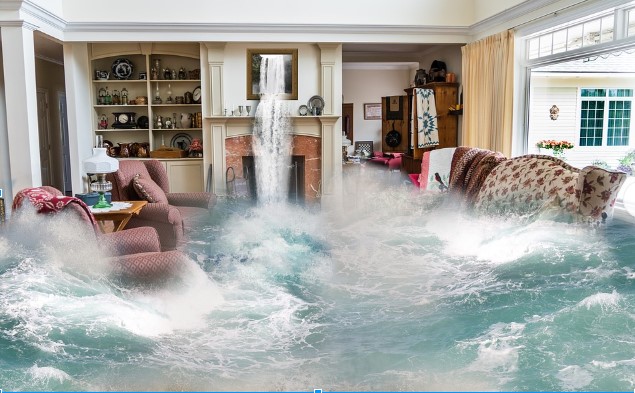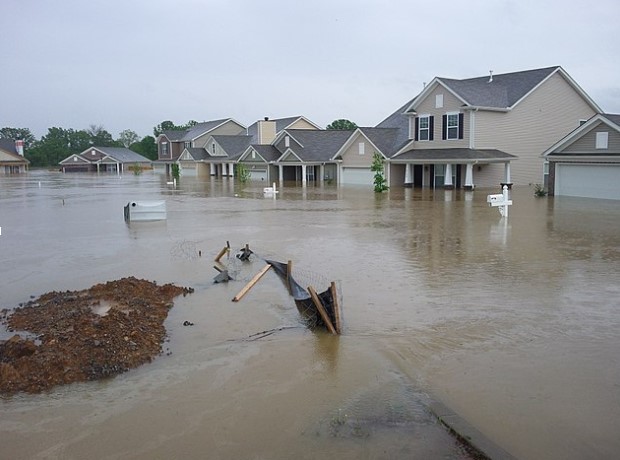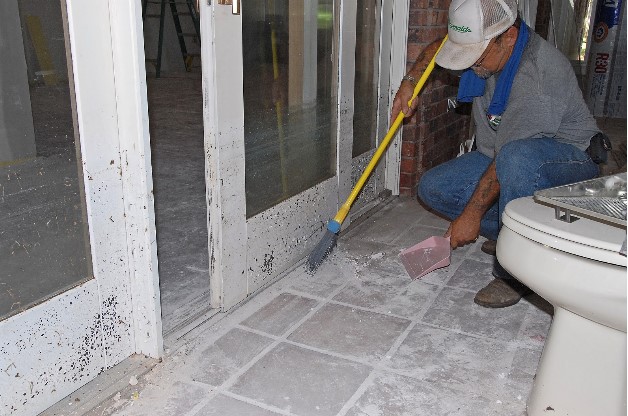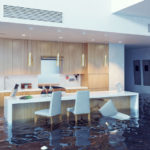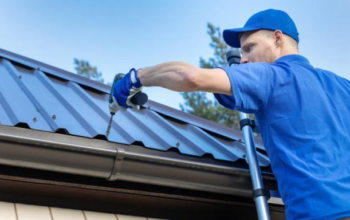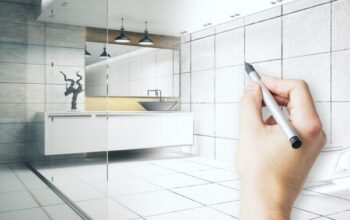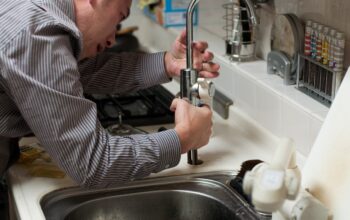There are numerous issues that homeowners find themselves facing at one point or another. One of the most common is water damage, whether it’s from a leaky pipe or flood damage.
Unfortunately, not everyone knows what to do when it comes to restoring your home afterwards.
If you’ve found yourself with a mess that seems to big handle, don’t panic. Follow this guide and you’ll be well on your way to making your home look as good as new!
Just like you might have friends and family listed as contacts for a medical emergency, you’ll want to keep a company’s number ready to call when water damage strikes.
This might be your insurance agent, or the claims department of your insurance company. On the other hand, you might rely on the help of a professional service from a company like RestorationElite. Either way, knowing who to call when disaster strikes takes a load of stress off of your shoulders.
Getting Things Started
These companies begin by carefully inspecting the extent of damage to your property, determining what type of damage occurred and every area affected. Was it a leaking sewage pipe between the ground and second floor? Is the extent of the dame just the spot on the ceiling that’s visible? They’ll answer all of these questions for you.
Removing The Water
Based on the situation, your home may need excess water removed before any repairs can begin. This step is always taken care of during the assessment, that way no more damage occurs. While this situation isn’t something any homeowner wants to go through, watching a giant hose suck water out of your house might lighten your mood just a little.
This step also involves finding the source of the issue and stopping it. In the case of excessive leaks and flooding water, it is often an underground pipe. Experts use tools like a steel trench box to get into the ground safely and stop the problem at its source.
Drying and Dehumidifying
After the most crucial steps to stopping the spread of damage have been taken, it’s time to clean up the aftermath of the mess. Today’s tools allow professionals to be less intrusive while still drying out those hard to reach spaces in a home. Most companies take advantage of air movers and dehumidifiers, but there is a ton of technology in the market.
Proper Cleaning
Once the walls, floors, nooks and crannies are all dry, it’s time to clean and sanitize. Any item in your home that can be restored from floors to furniture is treated to a number of specialized cleaning techniques to get the process started.
Antimicrobial treatments and industrial air scrubbers, or fogging equipment, are used to further sanitize the area. Combined, these methods prepare your home for the final acts of restoration.
The restoration phase could be as simple as replacing drywall, or as extensive as full on reconstruction such as rebuilding an entire room. Either way, companies are trained to handle the smallest and largest of tasks. Once the process is complete, you home will look as good as new.
So, what do you do in the face of a water damage crisis? Call an expert restoration company, sit back, and relax while you home is brought back to pre-flooding condition.
Related Posts

Loves home. I am here to provide how to make your home a much better place. 🙂 Blogging about HomeDecor, Home Improvements and more.
